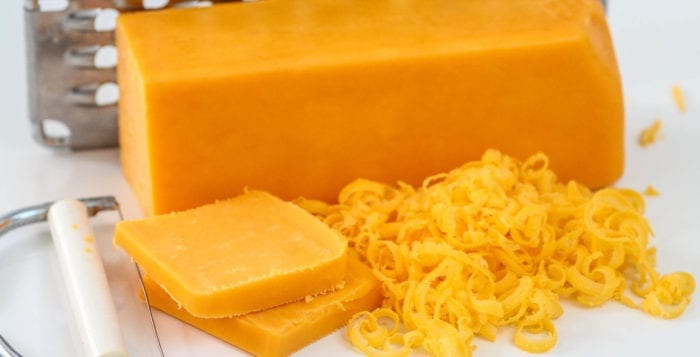By David Dunaief, M.D.
High cholesterol affects a great number of Americans and cuts across many demographics, affecting young and old and those in between. When we think of hyperlipidemia (high cholesterol), what do you think is the mainstay of medical treatment? If you said “statins” you would be correct.
Do statins deserve this central role in treatment? They have been convincingly shown in studies to significantly lower cholesterol, and they play an important role for those who have cardiovascular disease. However, should we be using statins as liberally as we have? Well, guidelines for the treatment of high cholesterol, released in November 2013, suggest that we should. In fact, if followed, these guidelines would increase the use of this medication, especially in those over the age of 60. Some in the medical community have even joked that statins might as well be put in the drinking water.
This is a medication that patients may be on for life. I don’t know about you, but that thought sends chills down my spine. We know all medications have pros and cons. Statins are no exception; they have been mired in controversy. For one thing, they have side effects. These include possibly increasing the risks of diabetes, myalgias (muscle pain), hepatic (liver) toxicity, kidney disorders and negatively affecting memory.
Statins also may reduce the benefits of exercise, and they may not be as effective in women as they are in men. Because statins are such effective cholesterol-lowering medications, does this mean that patients on these drugs may become complacent with their diets? A new study indicates that this is exactly what might be happening. Let’s look at the evidence.

Diet complacency
The “S” in statins does not stand for “superimmune to eating anything.” In a study published in JAMA Internal Medicine, results show that those who are taking statins tend to eat more calories and fats and, ultimately, increase their [body mass index] by gaining weight compared to those who were not taking statins (1).
In fact, in this study that used 11 years of NHANES data, results showed that there were a 14 percent increase in fat intake and an almost 10 percent increase in overall calorie intake among statin users. This resulted in a BMI that rose by 1.3 percent in those on statins, while in nonusers over the same period BMI only rose by 0.4 percent.
In other words, if you took an average male who was 5 feet 9 inches and weighed 200 lb, the difference between statin users and nonusers would be the difference between obesity and being just below obesity. Those on statins were consuming about 200 extra calories a day. This increase in calorie consumption occurred after they were placed on statins. Their weight also increased by 6.6 to 11 lb. This is especially concerning to the researchers, since the guidelines for statin use call for a prudent diet to help reduce fat and calorie intake with the ultimate goal of reducing weight.
However, the opposite was found to have happened — users consumed more calories and gained more weight. This is an observational study with over 27,000 participants, therefore no firm conclusions can be made. However, statins are not a license to gorge at the all-you-can-eat buffet line. We already know that statins may increase the risk of diabetes. Why worsen this risk with dietary indiscretions that are harmful to your BMI?
As an aside, the authors note that this increased calorie and fat consumption may be a contributing reason for the increased risk of diabetes with statins, but it’s too early to tell.
Impact on women
We tend to clump data together from trials that focus predominantly on one demographic, in this case men, and apply the results broadly to both men and women. However, in a May 5, 2014, New York Times article, “A New Women’s Issue: Statins,” some in the medical community, including the editor of JAMA, focus attention on this tendency, noting that this may be a mistake (2).
According to the dissenters, the thought process is that women have been underrepresented in statin trials, and cholesterol may not play the same role in women as it does in men. Yet almost half of the patients treated with statins are women. These physicians were referring to the use of statins in primary prevention, or in those who have high cholesterol but who do not have documented heart disease.
Lest you think their views are based solely on opinion or anecdotal data from clinical experience, this data on women was from the JUPITER trial, which looked at almost 7,000 initially healthy female participants (3). Statins did benefit women by reducing the occurrence of chest pain and reducing the number of stent placements and bypass surgeries, but they did not reach the primary end points of showing statistical significance in reducing the occurrence of a first heart attack, stroke or death.
The caveat is that there were not a large number of cardiovascular events — heart attacks, strokes or death — that occurred in either the treatment group or the control group. These results were in women over the age of 60. This may give slight pause when prescribing statins. By no means do I think these physicians are advocating to not give women statins, just that we may want to weigh the benefits and risks on a case-by-case basis.
Tamping down exercise benefits
If exercise is beneficial for lowering cardiovascular disease risk and so are statins, the logical presumption might be that the two together would create a synergistic effect that is greater than the two alone — or at least an added benefit from combining the two. Unfortunately, what seems straightforward is not always the case.
In a small, yet randomized controlled trial, participants who were put on statins and monitored for cardiopulmonary exercise saw a blunted aerobic effect compared to the control group, which exercised without the medication (4). In the treatment group, there was a marginal 1.5 percent improvement with aerobic exercise, while the control group experienced a much more robust 10 percent gain.
The reason for this disappointing discrepancy is that statins seem to interrupt the enzymes that are responsible for making the mitochondria (the powerhouse or energy source for the cell) more efficient. The most troubling aspect of this trial is that the participants chosen were out-of-shape, overweight individuals in need of aerobic exercise.
Whether or not a patient, male or female, is placed on cholesterol-lowering medication, one thing is clear: There is a strong need to make sure that lifestyle modifications are always emphasized to help reduce the risk of cardiovascular disease to its lowest levels. But the quandary becomes what to do with statins and exercise. And statins, as powerful and effective as they may be, still do have side effects, may reduce exercise benefits and may not have the same effects for women. Thus, they may not be appropriate for everyone. A healthy diet and exercise, however, are appropriate for all.
References: (1) JAMA Intern Med. online April 24, 2014. (2) nytimes.com. (3) N Engl J Med. 2008 Nov 20;359(21):2195-2207. (4) J Am Coll Cardiol. 2013;62(8):709-714.
Dr. Dunaief is a speaker, author and local lifestyle medicine physician focusing on the integration of medicine, nutrition, fitness and stress management. For further information, visit www.medicalcompassmd.com or consult your personal physician.


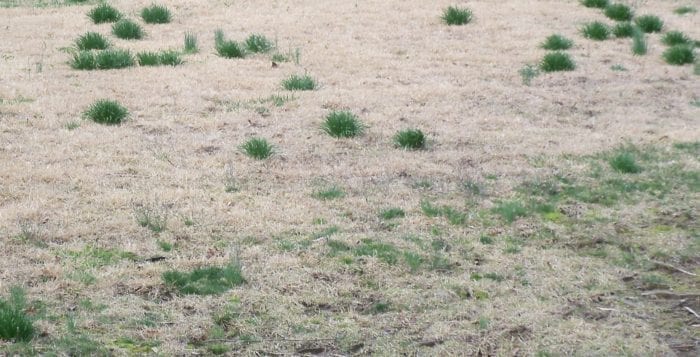
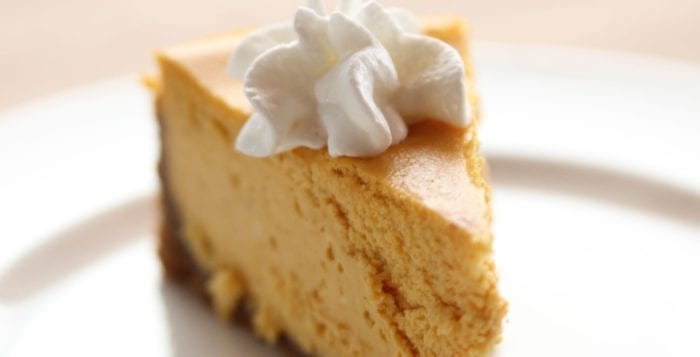



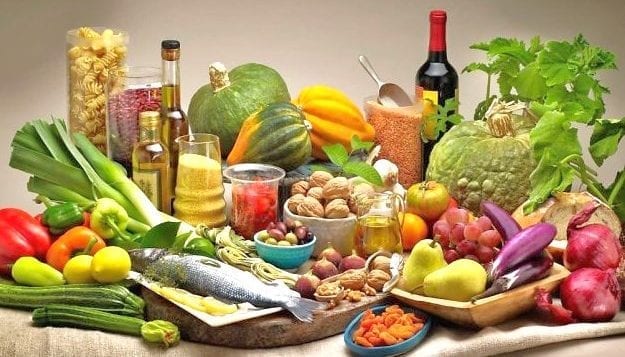







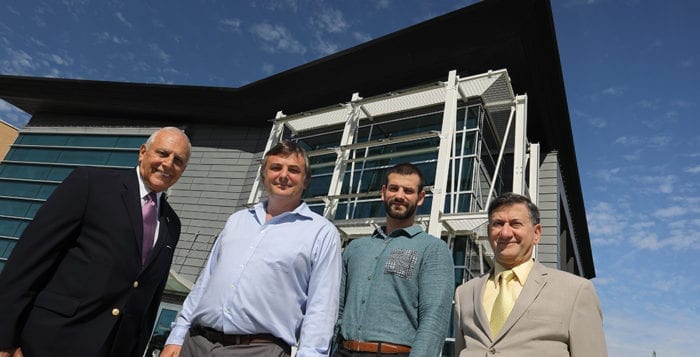
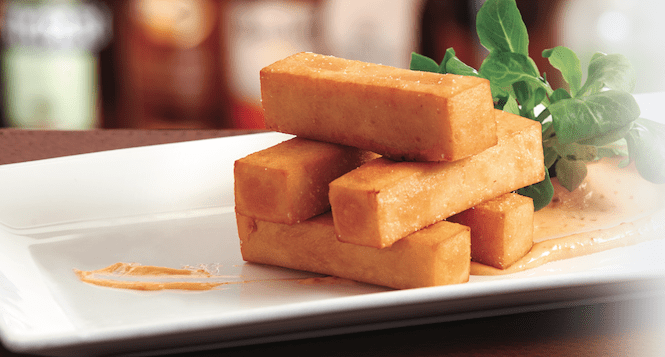
 YIELD: Makes 50 panisse
YIELD: Makes 50 panisse
